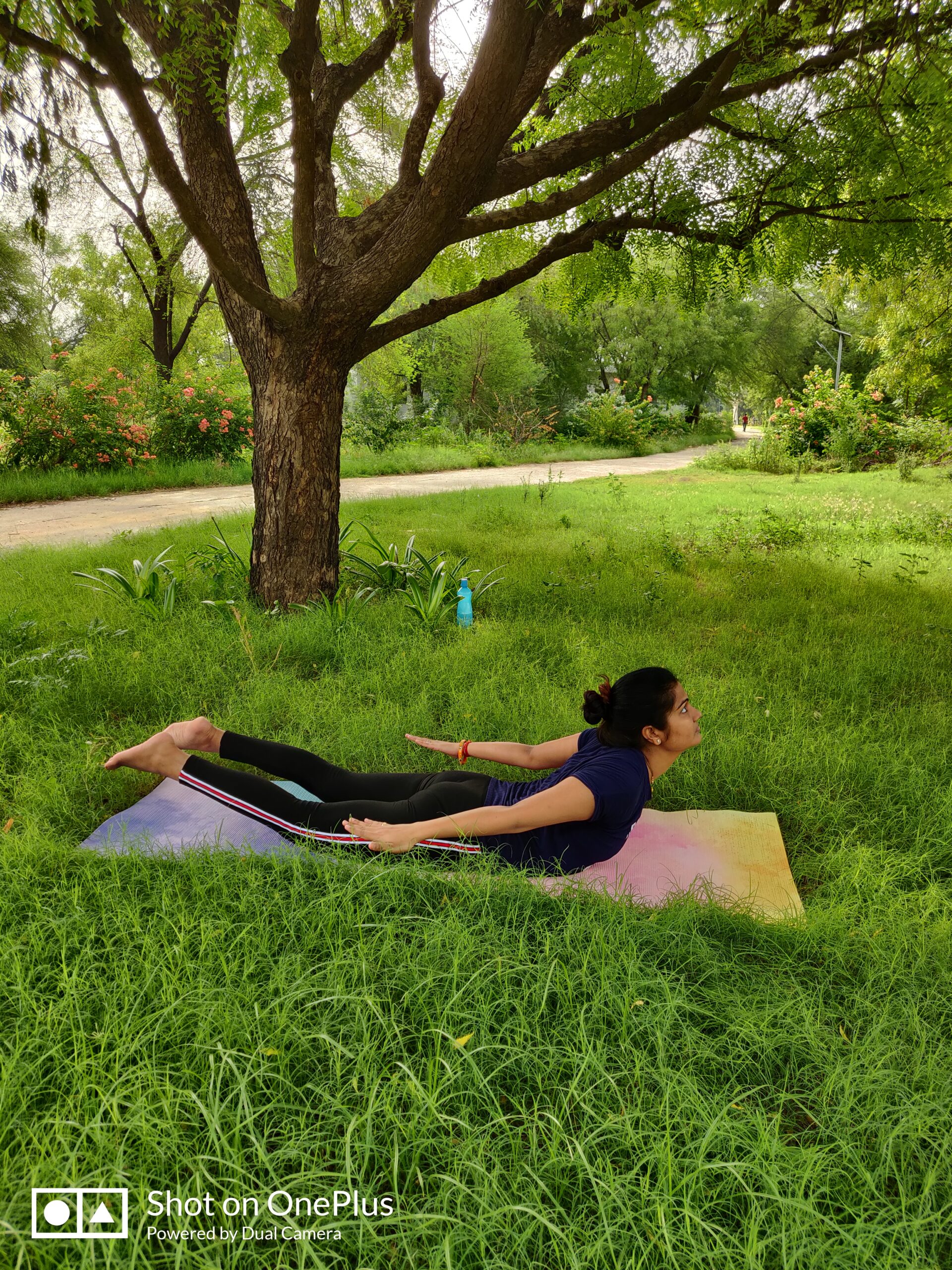Introduction: Allergies, characterized by an overreaction of the immune system to harmless substances, can significantly impact an individual’s quality of life. While conventional treatments provide relief, naturopathic approaches offer holistic solutions that address the root causes of allergies. In this comprehensive article, we delve into naturopathic treatments and therapies for allergy relief, exploring dietary strategies, herbal remedies, lifestyle modifications, and mind-body practices.
Causes of Allergies: Unraveling the Triggers
Allergies are the result of an exaggerated immune response to substances that are usually harmless. Understanding the underlying causes of allergies is essential for effective management and prevention. In this section, we explore the primary causes of allergies and the factors that contribute to their development.

1. Genetic Predisposition: A family history of allergies increases the likelihood of an individual developing allergies. Genetic factors play a role in determining the susceptibility to allergic reactions.
2. Environmental Exposures: Exposure to allergens, such as pollen, dust mites, pet dander, mold spores, and certain foods, can trigger allergic reactions in susceptible individuals.
3. Immune System Sensitivity: In individuals with allergies, the immune system identifies harmless substances as threats, leading to an immune response characterized by the release of histamine and other inflammatory compounds.
4. Early Childhood Exposures: Exposure to allergens during infancy and early childhood can influence the development of allergies later in life. Lack of exposure to diverse environments and microbes may contribute to allergy development.
5. Hygiene Hypothesis: The hygiene hypothesis suggests that reduced exposure to germs and infections in childhood can lead to an overactive immune response, increasing the risk of allergies.
6. Diet and Gut Health: Poor diet, low fiber intake, and gut dysbiosis can influence immune system function and contribute to allergies.

Symptoms of Allergies: Recognizing the Signs
Allergic reactions can manifest in various ways, affecting different parts of the body. Recognizing the symptoms of allergies is crucial for timely intervention and relief. In this section, we explore the common symptoms associated with allergies.
1. Sneezing and Runny Nose: Allergic rhinitis, commonly known as hay fever, can cause persistent sneezing, a runny or stuffy nose, and an itchy throat.
2. Itchy, Watery Eyes: Conjunctivitis, or “pink eye,” can lead to redness, itching, and watery eyes.
3. Skin Reactions: Skin allergies can cause hives (urticaria), redness, itching, and eczema. Contact with allergens like certain plants, animals, or fabrics can trigger these reactions.
4. Respiratory Symptoms: Allergies can exacerbate asthma, leading to coughing, wheezing, shortness of breath, and chest tightness.

5. Gastrointestinal Issues: Food allergies or intolerances can lead to gastrointestinal symptoms such as nausea, vomiting, diarrhea, and abdominal pain.
6. Swelling and Anaphylaxis: Severe allergies can trigger anaphylactic reactions, characterized by swelling of the face and throat, difficulty breathing, and a drop in blood pressure. Anaphylaxis is a medical emergency.
7. Fatigue and Irritability: Chronic allergies can lead to fatigue, irritability, and difficulty concentrating.
8. Allergic Shiners and Crease: Dark circles under the eyes (allergic shiners) and a horizontal crease across the bridge of the nose (allergic crease) are sometimes seen in individuals with allergies.
Naturopathic Treatments and Therapies for Allergy Relief: A Holistic Approach
Allergies can disrupt daily life, but naturopathic treatments and therapies offer a comprehensive and holistic approach to managing and alleviating allergic reactions. By addressing underlying imbalances, enhancing immune function, and promoting overall well-being, naturopathic approaches can provide effective relief from allergies. In this section, we explore a range of naturopathic treatments and therapies that can play a significant role in allergy management.

1. Nutritional Support:
- Anti-Inflammatory Diet: Emphasizing whole foods, rich in antioxidants and omega-3 fatty acids, helps reduce inflammation and allergic responses.
- Omega-3 Fatty Acids: Found in fatty fish, flaxseeds, and walnuts, they have anti-inflammatory properties that can mitigate allergic reactions.
2. Herbal Medicine:
- Butterbur (Petasites Hybridus): Acts as a natural antihistamine, reducing allergy symptoms.
- Echinacea (Echinacea Purpurea): Boosts immune function and reduces the severity of allergic reactions.

3. Hydrotherapy:
- Nasal Lavage: Rinsing the nasal passages with saline solution can help alleviate congestion and reduce allergen exposure.
- Steam Inhalation: Inhaling steam infused with essential oils like eucalyptus or chamomile can provide relief from respiratory symptoms.
4. Stress Reduction:
- Mind-Body Practices: Meditation, mindfulness, and deep breathing reduce stress and modulate the immune response.
- Yoga and Tai Chi: Gentle movements and breathing exercises enhance relaxation and overall well-being.
5. Probiotics and Gut Health:
- Balancing Gut Flora: Probiotics support immune function by promoting a healthy gut microbiome.
- Fermented Foods: Incorporating fermented foods like yogurt and kefir can contribute to a balanced gut environment.
6. Acupuncture:
- Immune Regulation: Acupuncture sessions can help balance the immune response and reduce allergic symptoms.
- Stress Reduction: Acupuncture promotes relaxation, which is beneficial for managing allergic reactions.

7. Detoxification Protocols:
- Lymphatic Drainage: Certain massage techniques and lymphatic drainage protocols support toxin removal and immune function.
- Colon Cleansing: Enemas or colonics can assist in eliminating waste and toxins from the body.
8. Lifestyle Modifications:
- Allergen Avoidance: Implementing measures to reduce exposure to allergens, such as using allergen-proof bedding and air purifiers.
- Healthy Sleep Habits: Prioritizing restful sleep supports immune function and overall well-being.
9. Mind-Body Techniques:
- Biofeedback: Biofeedback techniques can help manage stress and enhance relaxation.
- Visualization: Guided imagery can positively impact immune responses and overall health.
Jal Neti: Nasal Cleansing with Saline Water
Benefits of Jal Neti:
Jal neti involves rinsing the nasal passages with a saline solution using a neti pot. This practice holds numerous benefits for allergy sufferers:
- Clearing Allergens: Jal neti effectively flushes out pollen, dust, and other allergens that may trigger allergic reactions.
- Relieving Congestion: By removing mucus and debris, jal neti can provide relief from nasal congestion, a common allergy symptom.
- Enhancing Breathing: Clean nasal passages allow for improved airflow, helping individuals breathe more freely.
- Supporting Immunity: A clean nasal passage reduces the risk of infections, supporting the immune system’s function.

Practice of Jal Neti:
- Preparation: Dissolve a teaspoon of non-iodized salt in warm, distilled water. Fill a neti pot with the saline solution.
- Positioning: Stand over a sink and tilt your head to one side. Insert the spout of the neti pot into the upper nostril, creating a seal.
- Flow of Water: Gently pour the saline solution into the upper nostril. Breathe through your mouth as the water flows out of the lower nostril.
- Switch Sides: After using half of the solution, switch sides and repeat the process with the other nostril.
Kunjal Kriya: Stomach Cleansing Through Water
Benefits of Kunjal Kriya:
Kunjal kriya involves drinking a large amount of water and inducing vomiting to cleanse the stomach. This practice offers several benefits for allergy management:
- Detoxification: Kunjal kriya helps remove toxins and mucus from the stomach, promoting overall detoxification.
- Relieving Congestion: By expelling mucus and congestion from the digestive system, kunjal kriya indirectly alleviates respiratory symptoms.
- Enhancing Digestion: The practice stimulates the digestive system, improving overall digestion and metabolism.

Practice of Kunjal Kriya:
- Preparation: Choose a clean, warm water source. Drink 4-6 glasses of warm water on an empty stomach until you feel full.
- Stimulation of Gag Reflex: Stand near a sink and insert your index and middle fingers into your mouth, gently touching the back of your throat to stimulate the gag reflex.
- Vomiting: Allow yourself to vomit naturally, expelling the water along with any mucus or toxins present in the stomach.
- Rinse Mouth: After vomiting, rinse your mouth with water to remove any residual stomach acid.
Yogic Management for Allergies: Nurturing Respiratory Health and Immunity
Allergies, often rooted in immune system hypersensitivity, can greatly affect respiratory health and overall well-being. Yogic practices offer a holistic approach to managing allergies by promoting better lung function, reducing inflammation, and enhancing the body’s immune response.
1. Bhastrika Pranayama (Bellows Breath):
- Benefits: Bhastrika pranayama increases lung capacity, improves oxygenation, and strengthens the respiratory system.
- Method: In a comfortable seated position, inhale deeply and forcefully through both nostrils while expanding the chest. Exhale forcefully by contracting the abdominal muscles. Continue rhythmic inhales and exhales.

2. Setu Bandhasana (Bridge Pose):
- Benefits: Opens the chest and improves lung capacity, while also reducing stress and fatigue.
- Method: Lie on your back, bend your knees, and place your feet hip-width apart. Lift your hips while pressing into your feet and shoulders. Interlace your fingers beneath your hips and press your arms into the ground.
3. Matsyasana (Fish Pose):
- Benefits: Opens the chest, enhances lung expansion, and relieves congestion.
- Method: Lie on your back, place your hands under your hips, and lift your chest while arching your back. Keep the crown of your head on the ground and hold the pose while breathing deeply.

4. Kapalabhati Pranayama (Skull Shining Breath):
- Benefits: Cleanses the respiratory system, enhances lung function, and improves circulation.
- Method: Sit in a comfortable position, take a deep inhalation, and exhale forcefully through your nostrils while contracting your abdominal muscles. Allow inhalations to be passive.
5. Ardha Matsyendrasana (Half Spinal Twist):
- Benefits: Massages the abdominal organs, enhances digestion, and stimulates respiratory health.
- Method: Sit with your legs extended, bend one knee, and place the foot outside the opposite thigh. Twist your torso towards the bent knee while using your opposite hand for support.

6. Pranayama for Immunity:
- Anulom Vilom Pranayama (Alternate Nostril Breathing): Balances energy flow and supports respiratory health.
- Ujjayi Pranayama (Victorious Breath): Generates internal heat, enhances lung capacity, and promotes relaxation.
7. Meditation and Mindfulness:
- Benefits: Stress is known to exacerbate allergies. Meditation and mindfulness practices reduce stress and enhance immune function.
8. Nadi Shodhana Pranayama (Channel Cleaning Breath):
- Benefits: Nadi shodhana pranayama balances the energy channels, reduces stress, and supports respiratory health.
- Method: Sit comfortably, use your right thumb to close your right nostril and inhale through your left nostril. Close your left nostril with your right ring finger and exhale through your right nostril. Continue alternating.

9. Sukshma Vyayama (Subtle Joint Movements):
- Benefits: Gentle joint movements enhance blood circulation, stimulate lymphatic drainage, and promote overall immunity.
10. Savasana (Corpse Pose):
- Benefits: Deep relaxation promotes stress reduction, supports immune function, and rejuvenates the body.

Understanding Allergies
Unraveling the Immune Response: Allergic reactions occur when the immune system mistakenly identifies harmless substances as threats, leading to an immune response that triggers symptoms.
Common Allergens: Allergies can be triggered by various substances, including pollen, dust mites, pet dander, certain foods, and insect stings.
Conclusion:
Naturopathic treatments and therapies offer a comprehensive approach to managing allergies. Understanding the causes and symptoms of allergies is pivotal for accurate diagnosis, timely intervention, and effective management.Yogic management for allergies involves gentle practices that promote respiratory health, reduce stress, and enhance immunity. It’s important to consult a certified yoga instructor before starting any new practice, especially if you have medical conditions. Naturopathic treatments and therapies offer a comprehensive and personalized approach to allergy relief.




